There is an old saying in the fur business that claims “every step of manufacturing ameliorates the previous and the seamstress puts the final touch”.
Therefore, in our own privately owned workshop, we take the following steps:
— We have our own small team of designers that develop unique designs, always following the latest trends in fashion but simultaneously providing garments that can accompany the modern women in her everyday life; from casual to evening wear, reconciling innovation with tradition.
— We select the best quality pelts in line with two important criteria; to ensure longevity of the garment and origin assurance, in response to rising awareness that has led to ethical sourcing of the pelts (sustainability).
— The production process starts by selecting which pelts to assemble comparing their size, density of fur, and shade by placing them under strong lamp lights so that we can match the colour in the best possible way (assortment).
— The craftsman works on the underside of the pelt so as not to damage the fur on the other side. After the pelts have been selected, each one is dampened and brushed on the leather side to stretch it and extend the material before being pinned and dried.
— Next, the artisan using a pencil and a ruler draws symmetrical lines starting from the epicenter of the pelt, and numbers them.


— Then the craftsman cuts the stripes of the pelt by hand and carefully sews them to the selected design, making sure that not even 1 mm of the precious material is lost. There are a number of techniques used to create a fur garment. We even use the difficult technique of “letting out” which requires a lot of skill and patience. This very difficult and strenuous technique allows the artisan to execute the most complicated designs. The popular modern “skin-on-skin” technique, although useful for straight-cut lines, does not permit many variations.
— In the old days the seamstress put the final touch to the garment. Nowadays, we also combine fur with other natural material such as silk, wool, lace, leather, cashmere. We even pay attention to such details as linings, buttons, fastenings clips, zips and trimmings.
— Finally, the garment is drummed to remove any excess hair while modern techniques allow us to give a final steaming and glazing of the fur.




